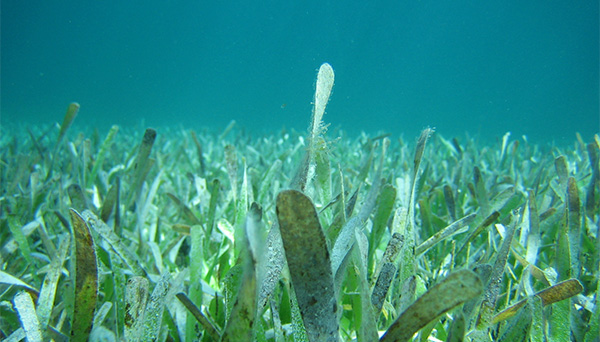North America’s Blue Carbon: Assessing the Role of Coastal Habitats in the Continent’s Carbon Budget
Status: Completed
Operational Plan: 2013 - 2014
When adequately protected, coastal ecosystems, including salt marshes, mangroves and seagrass beds, offer carbon sequestration, and long-term carbon storage. By contrast, when these coastal habitats are destroyed, they change from being net carbon sinks to net carbon emitters. This project advances the conservation and restoration of coastal blue carbon habitats by improving data, mapping and approaches to develop and apply the appropriate carbon budgets.
This first CEC project on blue carbon advances the conservation and restoration of coastal blue carbon habitats by improving data, mapping and approaches necessary to fill gaps in our knowledge of carbon dynamics in salt marsh, mangrove, and seagrass ecosystems.

Key Accomplishments
- Establishment of a North American blue carbon community of practice to increase collaboration and knowledge exchange between blue carbon experts in the three countries
- A joint dataset on blue carbon habitats, including maps, carbon accounts, and sequestration and emissions potential, as well as documented methods, data and results. Information will be displayed through the North American Environmental Atlas
- First step completed in developing an internationally recognized methodology for including blue carbon conservation projects in voluntary carbon markets
- New information and methods from several scientific studies that filled gaps in our knowledge of the carbon dynamics in blue carbon habitats, including both healthy and disturbed sites
Products
- First set of blue carbon maps for North America, showing 47,776 km2 of blue carbon habitat mapped to date
- One trinational blue carbon community of practice workshop, and one workshop with blue carbon, forest carbon and land cover experts
- Greenhouse Gas Offset Methodology Criteria for Tidal Wetland Conservation and recommendations
- Five coastal blue carbon research projects:
- Response of marsh and coastal forest carbon accumulation rates to sea-level rise
- Blue carbon in northern marshes: assessing processes, stocks and rates in undisturbed, drained and restored marshes
- Ecosystem carbon stocks of mangroves and salt marshes from the largest wetland in Mesoamerica: the Pantanos de Centla, Mexico
- Seagrass carbon stocks across a range of environmental conditions and seagrass bed types to determine the amount of carbon deposited
- Spatial variability in carbon storage within and across marshes of the National Estuarine Research Reserve System (NERRS), USA: a comparison of methodologies and coastal regions